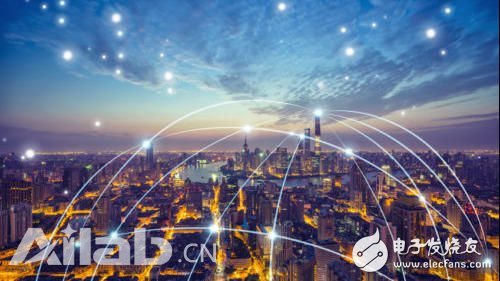Who should pay for smart city construction in the near future
Who will fund the smart city infrastructure of the future? More importantly, who will convince city policymakers to make significant investments in smart technology? These are pressing questions that many urban leaders are now facing as they navigate the complexities of modern urban development.

An article from FCW highlights these concerns, asking who should bear the financial burden of building smart cities and who can assure city officials that such investments are worth the risk. As cities look to integrate advanced technologies into their daily operations, the question of funding remains a major hurdle.
Dan Correa, a Senior Innovation Policy Advisor at the White House Office of Science and Technology Policy, recently emphasized that local governments are reluctant to allocate large sums unless there is a clear and compelling case for the benefits smart infrastructure can deliver. Without a strong rationale, it's difficult for policymakers to justify spending on unproven technologies.
“Smart cities still need killer applications,†Correa stated. “Right now, there isn’t a clear roadmap showing how each dollar spent on smart infrastructure translates into real-world improvements. The return on investment is not yet well defined.â€
Despite this uncertainty, the Information Technology and Innovation Foundation (ITIF) has outlined several key advantages of smart infrastructure. These include improved traffic flow through automated systems, reduced energy and water waste via smart metering, and more efficient public services across the board.
However, the economic impact of smart cities remains unpredictable, which makes many state and local officials hesitant to commit resources. Correa argues that the federal government should play a more active role in supporting smart city initiatives, helping local governments overcome their concerns and move forward with innovation.
One example of this support is the U.S. Department of Transportation’s (DOT) Smart City Challenge program. This initiative invited over 77 U.S. cities to compete for $40 million in grants, with the goal of using cutting-edge technology to reduce congestion and improve environmental sustainability.
Correa praised the program, saying, “The incentives from the DOT are clearly beneficial for smart city development.†Beyond the prize money, the seven finalists also received $100,000 in funding to help implement their smart city projects—making it a powerful motivator for cities across the country.
If the DOT makes the submitted proposals public, Correa believes the deeper value of the challenge will become even clearer. It could help technology providers better understand and respond to local needs, fostering stronger collaboration between cities and the private sector.
“Whether you believe it or not, many cities are working on similar issues, facing the same challenges, and looking for innovative solutions at the same time,†Correa said. “At the same time, I think the private sector also has a big opportunity here.â€
Factory solar carport,steel structure solar carport,solar carport system
Hebei Shuobiao New Energy Technology Co., Ltd. , https://www.pvbracketsystem.com